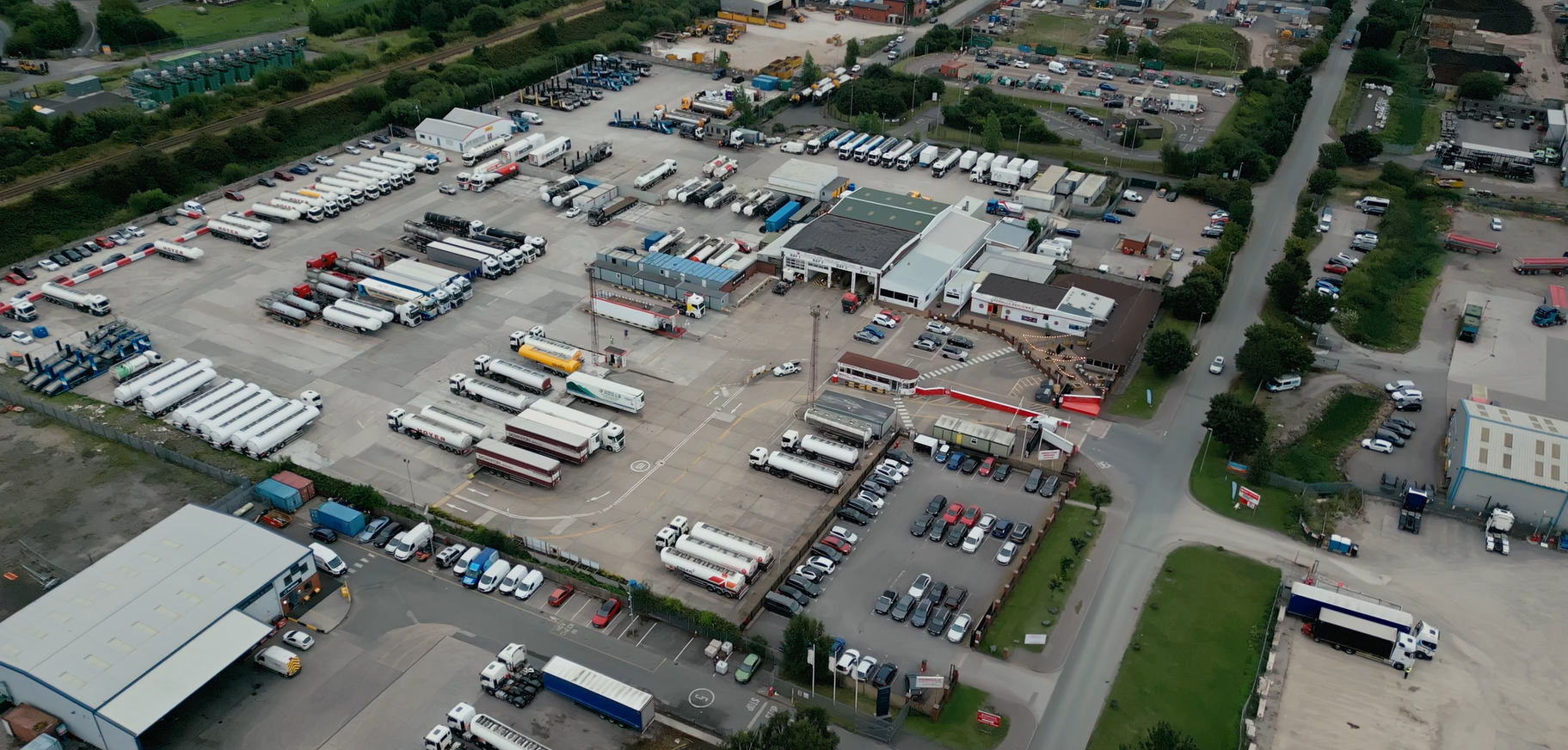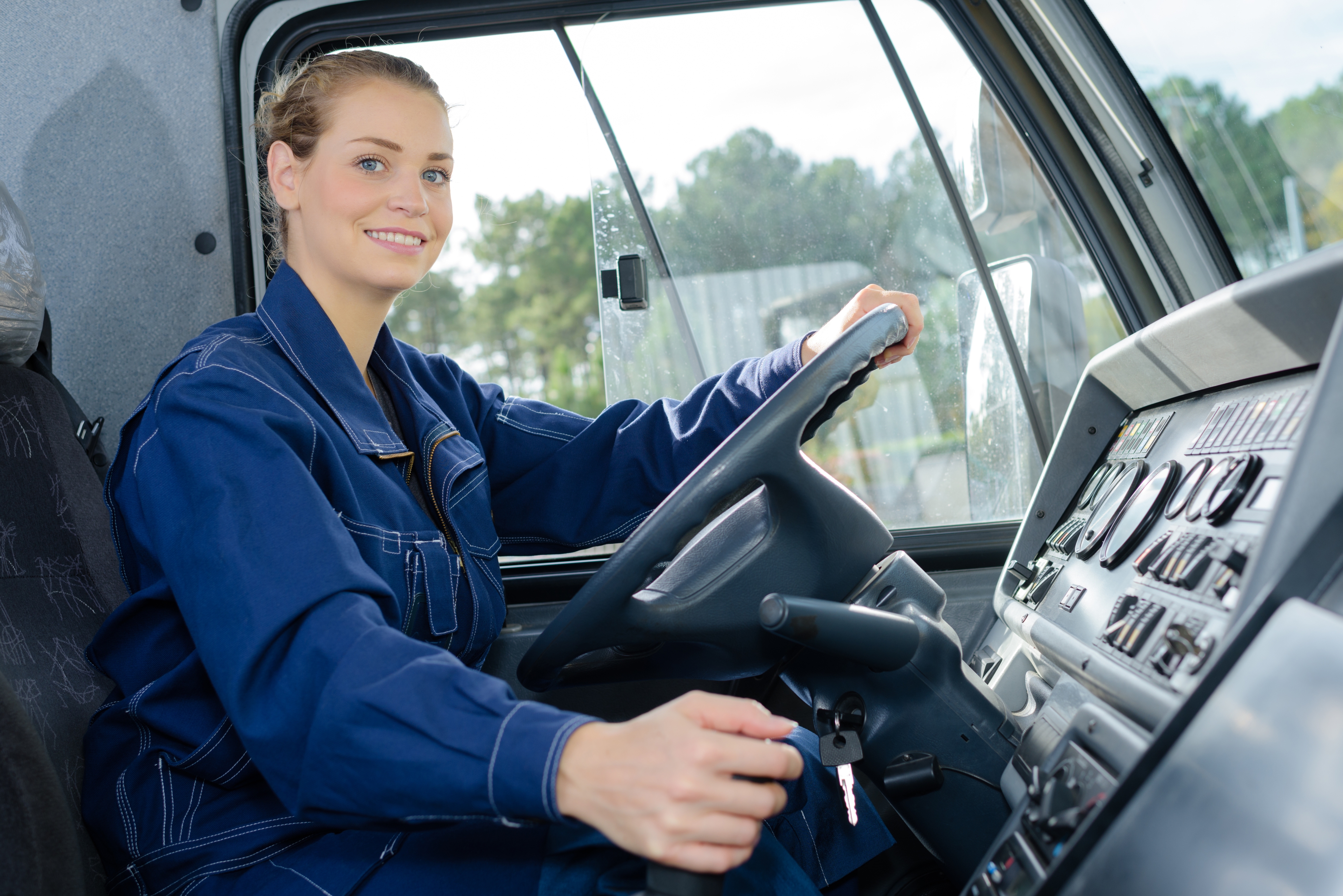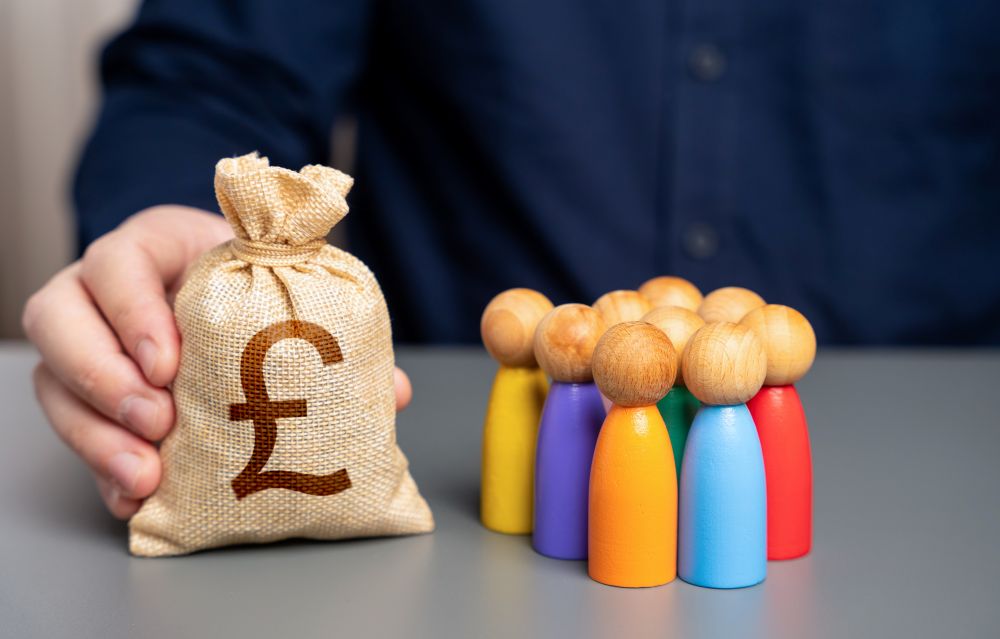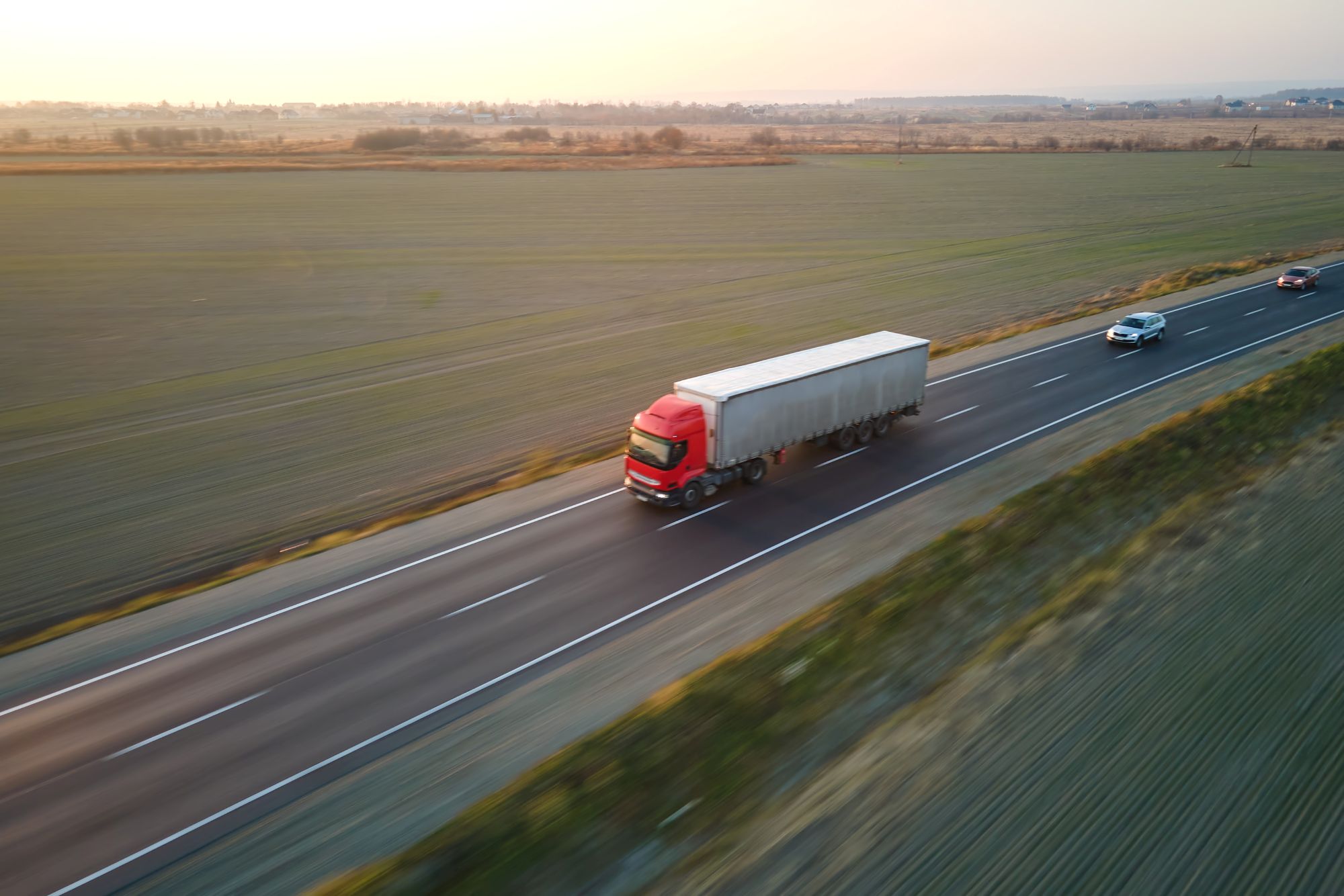
Miranda Blake
Der Weg in das Jahr 2025: Zu erwartende Trends in der Lkw-Branche
Erstellt: 02.01.2025
•
Aktualisiert: 02.01.2025
Von der allgemeinen Unzufriedenheit der Fahrer über die jüngsten Änderungen am CPC für Fahrer bis hin zu Verzögerungen beim [EU-Einreise-/Ausreisesystem] (https://snapacc.com/newsroom/everything-you-need-to-know-about-the-eu-entryexit-system/) - das Jahr 2024 war ein Wirbelwind für die Logistikbranche. Und auch für das Jahr 2025 steht einiges auf dem Plan - hier erkunden wir die Trends, die den Sektor voraussichtlich prägen werden.
Alle Vorteile der KI nutzen
Es ist zu erwarten, dass die Automatisierung im kommenden Jahr eine Schlüsselrolle spielen wird. Es wird Entwicklungen in den Bereichen autonome Fahrzeugtechnologie, Transportmanagementsysteme und elektronische Fahrtenschreiber geben, die zu einer stärkeren Akzeptanz und erheblichen Veränderungen in der Branche führen werden.
Außerdem ist eine Zunahme der [KI-Nutzung] (https://snapacc.com/newsroom/ai-and-its-impact-on-sustainability-in-the-haulage-industry/) für [Routenoptimierung] (https://snapacc.com/newsroom/route-optimisation-with-fleet-management-software-snap-account/), vorausschauende Wartung und Flottenmanagement zu erwarten. Dies wird zu besseren Ergebnissen wie verbesserter betrieblicher Effizienz und geringeren Kosten führen. Das Internet der Dinge (IoT) und maschinelles Lernen werden sich als besonders wertvoll erweisen, da sie zur Vorhersage von Ausrüstungsfehlern genutzt werden können, wodurch Ausfallzeiten verkürzt werden.
In ähnlicher Weise wird die Telematik wertvolle Live-Daten über die Fahrzeugleistung, das Fahrerverhalten und den Ladungsstatus weitergeben, was zu mehr Sicherheit und Einhaltung der Vorschriften führt.
Bekämpfung des Geschlechtergefälles und des Fahrermangels
Die Gewinnung von mehr weiblichen Lkw-Fahrern ist eine Möglichkeit, den [Mangel an Fahrern] zu beheben (https://snapacc.com/newsroom/hgv-drivers-challenge-the-term-driver-shortage/). Die Arbeitgeber könnten ein breiteres Spektrum an Aufgaben anbieten, Ausbildungsprogramme und Maßnahmen einführen, die Frauen zugute kommen, und das Arbeitsumfeld integrativer gestalten. Zu letzterem gehören Ideen wie Mentoring oder Arbeitsmuster, die besser zum Leben der Lkw-Fahrer passen (z. B. Tagesschichten und das Abdecken von Rundstrecken, um diejenigen mit familiären Verpflichtungen zu unterstützen).
Die Diskussion auf der [SNAP-Facebook-Seite] (https://www.facebook.com/snapaccount) zeigte jedoch, dass sowohl männliche als auch weibliche Fahrer Veränderungen brauchen. Während einige darauf hinwiesen, dass bestimmte Dinge für Frauen besser sein könnten (z. B. merkte einer an, dass 90 % der Betriebshöfe keine Hygienebehälter haben), gab es viele Kommentare über das Gesamtpaket für Mitarbeiter und die Annehmlichkeiten der Raststätten:
"Männer brauchen eine bessere Unterstützung bei der Kinderbetreuung. Wenn sie das täten, dann würde man den Frauen nicht aufbürden, dass sie die 'Belastung' für die Arbeitskräfte sind, wenn es um die Krankheit ihrer Kinder oder um Prioritäten geht. Die Einrichtungen sind für beide Geschlechter schockierend. "
"Verbessern Sie die Bedingungen und Einrichtungen für ALLE Fahrer und Sie werden sehen, dass mehr Menschen in die Branche kommen, sowohl Männer als auch Frauen. "
Unternehmen sollten sich daher überlegen, wie sie ihre gesamte Belegschaft anlocken und binden können. Sie können bessere Vergütungen, Arbeitsbedingungen und Entwicklungsmöglichkeiten anbieten. Ebenso können sie Schulungen durchführen, um sicherzustellen, dass die Mitarbeiter über die richtigen Fähigkeiten verfügen - für jetzt und für die Zukunft.

Förderung einer umweltfreundlicheren Industrie
Ein weiterer Schwerpunkt wird die Nachhaltigkeit sein - vor allem aufgrund der zunehmend strengeren Umweltgesetze, der Entwicklung hin zu einer Netto-Null-Lösung und der explodierenden Kraftstoffpreise.
Fahrzeuge mit alternativen Kraftstoffen haben die Erwartungen für 2024 nicht erfüllt. Daher wird erwartet, dass Innovationen in diesem Bereich zwar weiterhin stattfinden, sich aber stärker darauf konzentrieren werden, wie Flotten ihre betriebliche Effizienz steigern können (z. B. durch den Einsatz von Technologie, Daten und KI zur Reduzierung von Zeitverlusten). Die Unternehmen werden auch versuchen, umweltfreundlichere Lieferketten aufzubauen, indem sie mit umweltfreundlicheren Lieferanten und Spediteuren zusammenarbeiten.
Auch die Umstellung auf Elektro-Lkw ist auf dem Vormarsch - in diesem Jahr werden vermehrt Ladestationen für Elektrofahrzeuge auf Lkw-Parkplätzen eingerichtet. Fuhrparkunternehmen stehen jedoch vor Hindernissen wie erheblichen Vorlaufkosten und einem unzureichenden Angebot an Ladeinfrastruktur.
Zunahme des Güterfernverkehrs
Und schließlich wird ein Anstieg der Luft- und Seefracht prognostiziert, der sich auch auf die Lkw-Branche auswirken wird. Dies wird noch dadurch verstärkt, dass die globalen Lieferketten immer stärker miteinander vernetzt werden.
Infolgedessen wird der Fernverkehr zunehmen - umso wichtiger ist es, dass die Fahrer ausreichende Pausen an sicheren Rastplätzen einlegen. Und genau hier kann SNAP helfen.
Unsere intruck-App verfügt über 800 Standorte in ganz Europa, darunter in Österreich, Bulgarien, Tschechien, Griechenland, Ungarn, Italien und Rumänien. Wir helfen dabei, das Flottenmanagement zu vereinfachen und sicherzustellen, dass sowohl Betreiber als auch Lkw-Fahrer die Arbeitszeitrichtlinie für Fahrer im Jahr 2025 und darüber hinaus einhalten können.
Wenn Sie mehr erfahren möchten, wenden Sie sich an unser Team unter +44 (0)1603 777242.



